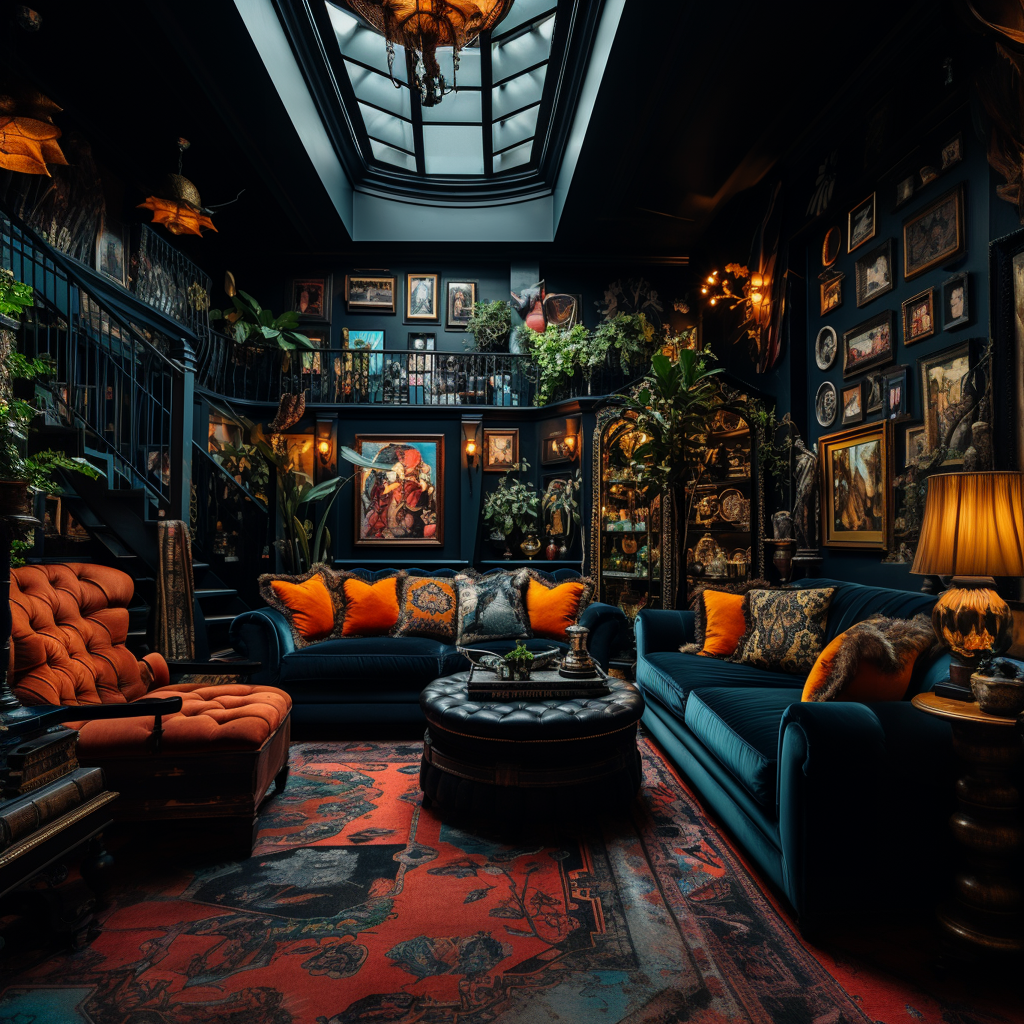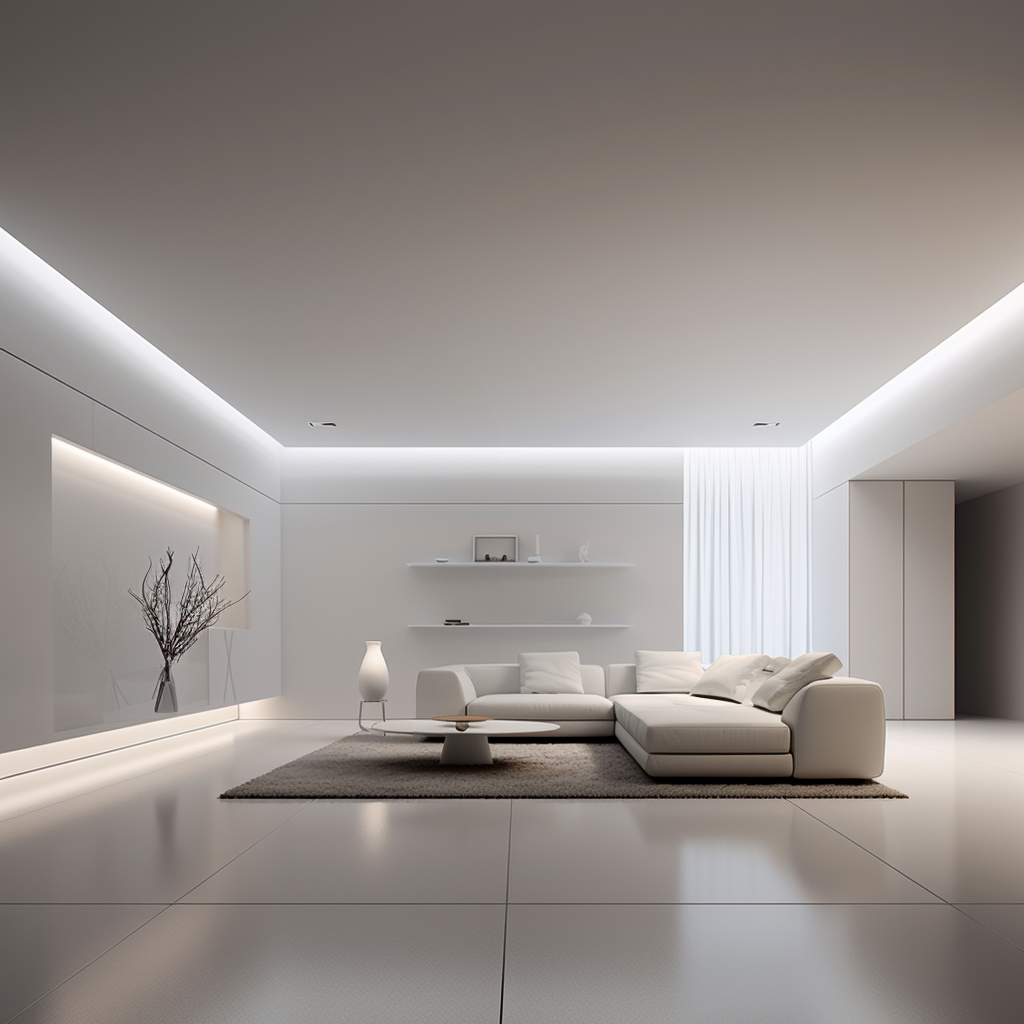Everything Brings Me Joy: A Reaction to Minimalism
Everything Brings Me Joy: A Reaction to Minimalism

Dark Maximalism Interior Design as imagined by Midjourney
2019 was the year for decluttering, just in time for the Covid pandemic and for many of us to remain in our homes for the next two years, forced to live amongst everything we’ve accumulated in our lifetimes. “Tidying Up with Marie Kondo” hit Netflix in the US and introduced a more extreme form of minimalism, which was already en vogue. The point of “Tidying Up” wasn’t actually to tell Americans to throw away everything they own, but many interpreted it this way. “Does this bring me joy?” was now being asked for every item in the household as the public began to sort through things in their basements that hadn’t seen the light of day since 2008, as well as for every new material purchase. Thrift stores were overwhelmed with donations, some of them even having to turn down donations due to the sheer volume they’d receive. Minimalism strongly took root in the design world with this. Having items and decor began to be viewed as messy, cluttered, and low-class. Even bookshelves were catered to a certain minimal aesthetic. Anything that wasn’t neutral was purged to make way for black, white, gray, and beige colored items. The only source of color would be the single fiddle leaf fig tree or snake plant that sat in the corner of every living room. This minimal color and decor palette needled its way into basically every design trend because even if your house was not contemporary Scandinavian design, your farmhouse would still be white, gray, and black and maybe a warm wood. The reason anything that wasn’t minimalist was viewed as low class was because in order to achieve this aesthetic a lot of time goes into arranging and maintaining it. It’s the mark of having leisure time (44% of Americans are reported to have to work multiple jobs in order to make ends meet each month).
Minimalism isn’t inherently wrong or bad. It’s a style that works for many people, and is universally pleasing. On social media and with Gen Z now coming of age the trending reaction is to push back against minimalism and to embrace maximalism as a design trend. Minimalism caters to the concept of selling your home and what will be easy to sell down the road- it can be totally devoid of self expression and permanency. Maximalist design is a complete embrace of personal expression and truly designing for yourself– not what might sell to whoever buys your house 5 years from now. Tiktok and Instagram feeds are now full of brightly colored couches, gallery walls with gaudy frames, and busy wallpaper. Rooms are over stimulating with vivid colors or gothic and moody. Plants are filling houses, making rooms look like jungles and terrariums. Individual aesthetics and personalities are shown through the home space now, in a way that the minimalism of the late 2010s did not. This trend of maximalist design does not directly connect to hyperconsumerism though. Many methods of decorating involve rearranging the items you already have, repurposing furniture, buying antiques, and thrifting items in order to create a space that is like a personal curiosity cabinet. This type of eclecticism is becoming massively popular among younger generations, perhaps due to the extreme push for minimalism among older generations. They are taking the question of “does this bring me joy” and applying it to just about anything– while also acknowledging the absurdity in the notion that yes a pretty rock they found on a hiking trail does bring them joy and it’s worth keeping around for at least a little while. Deeper than just being a highly personalized and selfish style of decor, maximalism embraces finding joy in many things, acknowledging the multifacetedness of each individual, and designing to make yourself happy in the present.

Minimalism Interior Design as imagined by Midjourney
By Kay Kriegel


